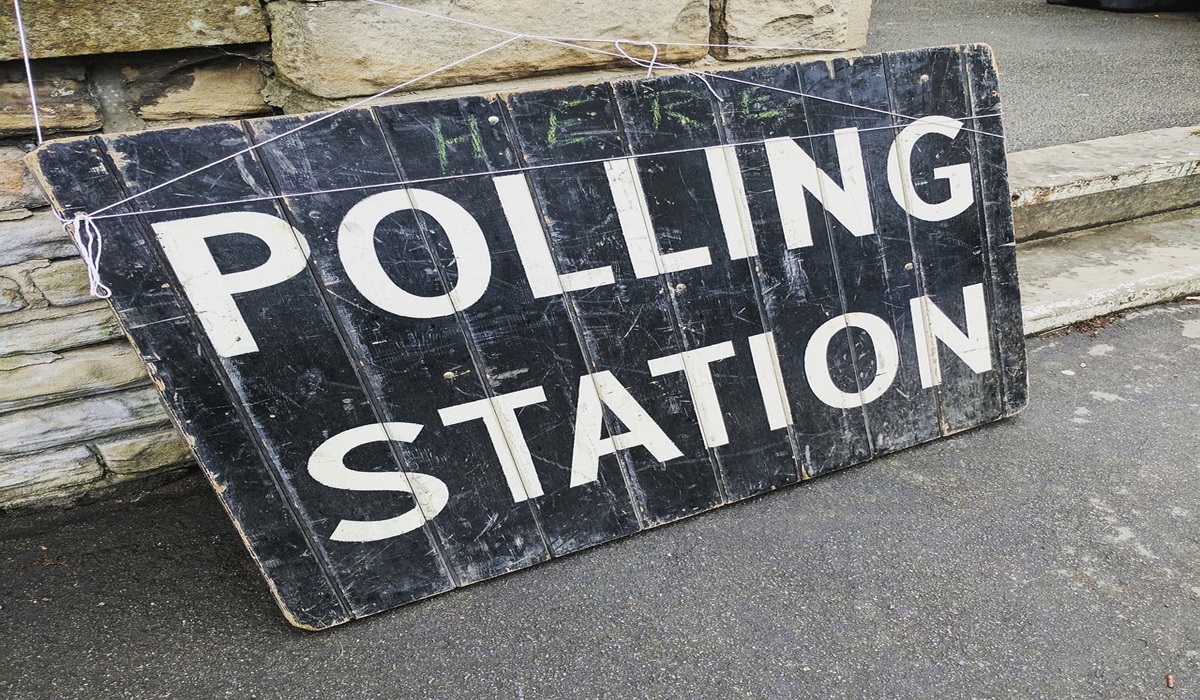Another Preventable Death Occurred In A Canadian ER Waiting Room
- Kingston Bailey
- Trending
- Western Canada
- March 2, 2023

On February 27th, 2023, a patient died in the waiting room of the Health Sciences Centre in Manitoba, bringing renewed attention to this issue. This is not an isolated incident, and unfortunately, it is not the first time this has happened in Canada. Over the last two years, there have been numerous reports of patients dying in Canadian emergency waiting rooms.
An emergency room patient died in New Brunswick in July 2022, and a woman in Nova Scotia died after waiting more than seven hours for a doctor in an Amherst waiting room in December 2022. This was also the case for an Alberta man who died waiting for a bed in the Red Deer Regional Hospital Centre in January 2022. A man died in the Nanaimo Regional General Hospital in August 2022. The numbers are significantly higher in Ontario.
One of the most high-profile cases occurred in September of 2008, when Brian Sinclair, an Indigenous man, died in a Winnipeg emergency room after waiting more than 34 hours for care. The coroner’s report indicated that she died from an infection that could have been treated if she had received medical attention sooner. This tragic case sparked outrage across the country and highlighted the ongoing issue of healthcare inequities for Indigenous people.
These are just a few examples of the many patients who have died in Canadian emergency waiting rooms over the years. The reasons for these deaths are complex and multifaceted, but one factor that cannot be ignored is the state of the healthcare system in Canada.
Nurses, doctors, and healthcare workers are overworked, stressed, and underpaid, leading to burnout and a high turnover rate. This puts a strain on the entire healthcare system and can result in inadequate care for patients. The COVID-19 pandemic has only exacerbated these issues, as healthcare workers have been working tirelessly for almost two years to care for patients while also dealing with the added stress of the pandemic.
In addition to the issues facing healthcare workers, there is also a lack of funding for healthcare in many provinces. The federal government has promised to transfer billions of dollars to each province and territory to address the healthcare crisis, but many provinces have yet to sign the new healthcare agreement. This has led to a situation where hospitals and healthcare facilities are understaffed and under-resourced, making it difficult to provide adequate care to patients in need.
The situation is particularly dire in Indigenous communities, where healthcare funding is often inadequate, and access to care is limited. Indigenous people in Canada face significant health disparities, including higher rates of chronic diseases, mental health issues, and substance abuse. The lack of resources and funding for Indigenous healthcare has contributed to the ongoing crisis in emergency waiting rooms and is a major barrier to improving health outcomes for Indigenous people in Canada.
What can be done to address this crisis? There are no easy solutions, but there are several steps that can be taken to improve the healthcare system in Canada. First and foremost, healthcare workers must be given the support they need to provide high-quality care to patients. This means adequate funding for healthcare facilities, fair wages and benefits for healthcare workers, and measures to prevent burnout and turnover.
Second, there must be a greater focus on addressing healthcare inequities for Indigenous people and other marginalized communities. This includes increasing funding for Indigenous healthcare, improving access to care, and addressing the root causes of health disparities.
Finally, provincial governments must take responsibility for the state of healthcare in their jurisdictions. This means signing the new healthcare agreement with the federal government and ensuring that healthcare facilities are adequately staffed and resourced.
The Canadian healthcare system is often hailed as a model for other countries around the world, but it is not without its flaws. The crisis of patients dying in Canadian emergency waiting rooms is a systemic problem that requires urgent action. It is not enough to simply acknowledge the issue or offer empty promises of improvement. We must prioritize the well-being of healthcare workers, address healthcare inequities for marginalized communities, and ensure that healthcare facilities are adequately staffed and resourced. The federal government and provincial governments must work together to provide the funding and support necessary to improve the healthcare system in Canada. Patients should not be dying in waiting rooms while they wait for care, and it is our collective responsibility to ensure that they do not.








